Reasonable rotation of different vegetables will not only make the pathogens lose parasitic environment, but also achieve the purpose of reducing or eliminating pests and diseases. At the same time, it can also increase production and income, let's take a look!
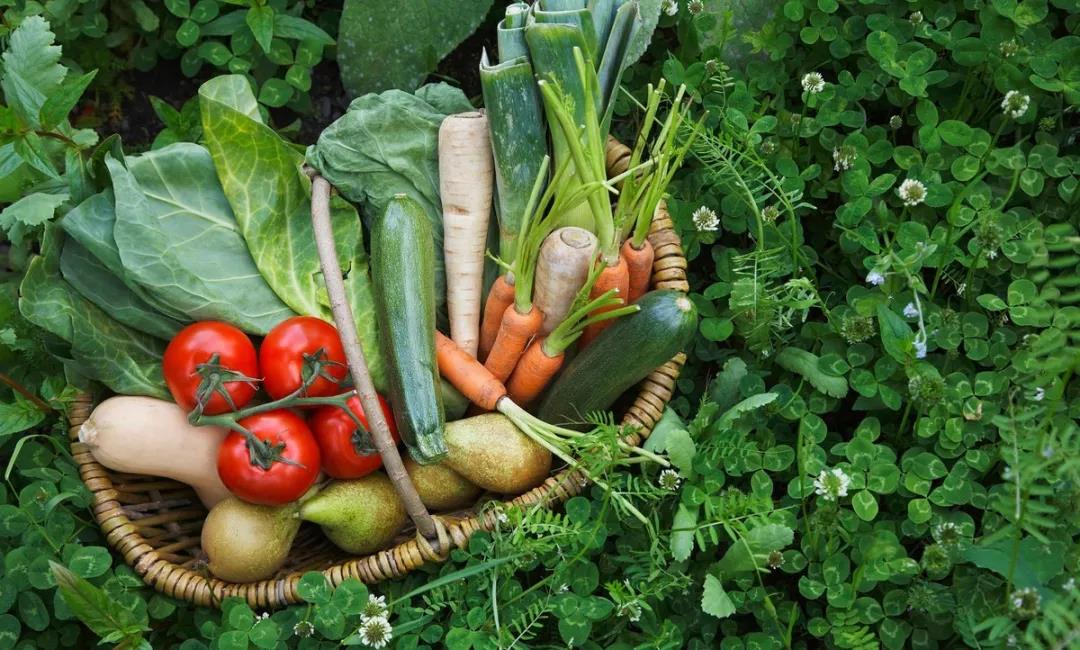
1. After planting onions and garlic, and then planting a Chinese cabbage, it can reduce plant diseases, use less drugs, and increase income. 2. The same family of vegetables should not be rotated, such as tomatoes, eggplants, peppers and sweet peppers belong to the family Solanaceae, so it is not suitable for rotation. 3. Tomato can be intercropped with edamame, kale, bulb fennel, onion, garlic and so on. At the same time, the autumn shed tomato, the set of small dishes can lower the temperature. Tomato interplanting sweet corn can induce moths to lay eggs, achieve the purpose of centralized elimination, and increase production and income.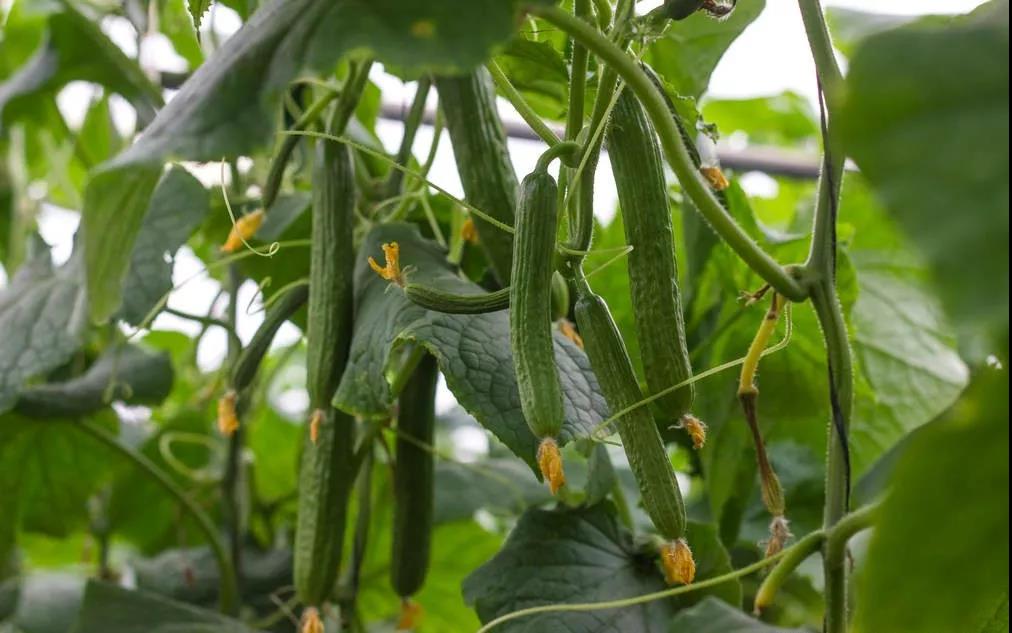 4. Eggplant can be mixed with early-growing cabbage, early-ripening cabbage, spring radish, water radish, cherry radish and other short-lived vegetables. Later, you can plant autumn vegetables such as Chinese cabbage. 5. Pepper should not be used in continuous cropping with Solanaceae crops, and intercropped with short-stalk crops such as leafy vegetables, root vegetables and peanuts. 6. Melon and leafy vegetables rotate for 3 to 5 years, which can significantly increase production. 7. The crops of autumn and winter carrots are mostly wheat, spring cabbage, spring cabbage, beans and so on. The later crops can be inoculated with wheat, onions, spring cabbage, green onions, potatoes, and the like. 8. Potato: The front is scallions, garlic and cucumber, followed by cereal crops and soybeans. 9. Green onions: Cultivate Chinese cabbage and melon vegetables with green onion. The radish is grown early in the period before the growth of the onion, and the wintering crops such as spinach are planted in the later stage.
4. Eggplant can be mixed with early-growing cabbage, early-ripening cabbage, spring radish, water radish, cherry radish and other short-lived vegetables. Later, you can plant autumn vegetables such as Chinese cabbage. 5. Pepper should not be used in continuous cropping with Solanaceae crops, and intercropped with short-stalk crops such as leafy vegetables, root vegetables and peanuts. 6. Melon and leafy vegetables rotate for 3 to 5 years, which can significantly increase production. 7. The crops of autumn and winter carrots are mostly wheat, spring cabbage, spring cabbage, beans and so on. The later crops can be inoculated with wheat, onions, spring cabbage, green onions, potatoes, and the like. 8. Potato: The front is scallions, garlic and cucumber, followed by cereal crops and soybeans. 9. Green onions: Cultivate Chinese cabbage and melon vegetables with green onion. The radish is grown early in the period before the growth of the onion, and the wintering crops such as spinach are planted in the later stage.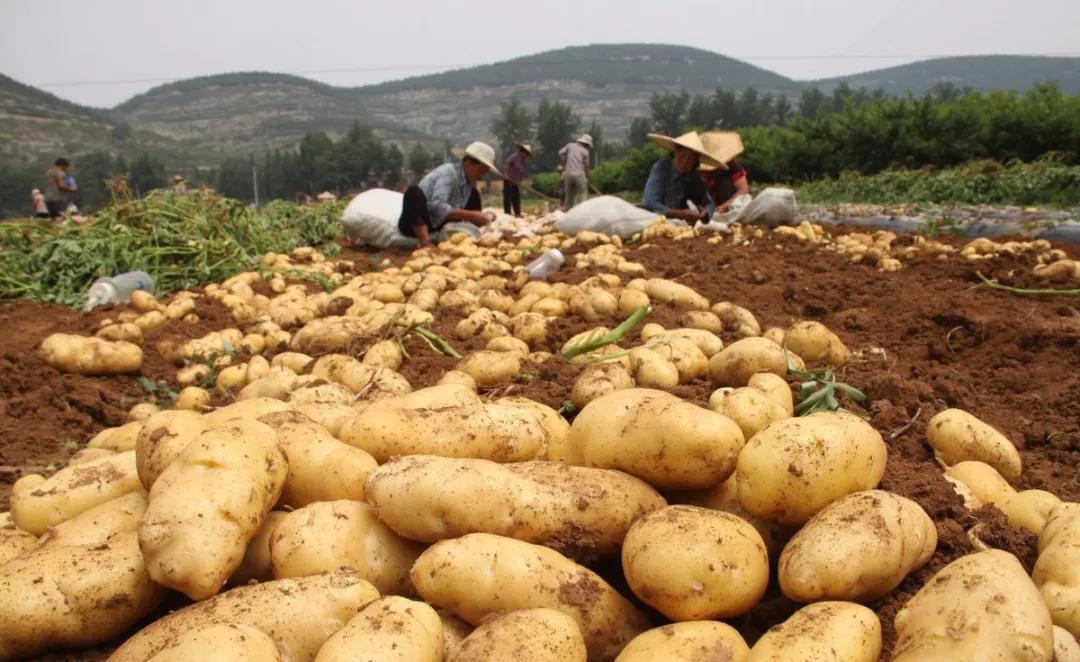 10. Cabbage and Wucai: It can be rotated with melons, beans, root vegetables and field crops. Spring planting can be interplanted with solanes, beans, melons, etc. Summer and autumn vegetables can be mixed with celery, sage, and carrot. Autumn and early autumn cabbage can be interplanted with broccoli, cabbage, and autumn potatoes. Winter and spring cabbage, lettuce and other intercropping. 11. Amaranth: The best of the autumn leeks is tomato and cucumber; the spring scallions are garlic. Avoid continuous cropping. 12. Winter melon: 5 to 6 strains of ginger are planted between winter melon plants, one side of the alfalfa is planted with Ge, and the other is a kind of taro. After April and May, the melons or peppers and eggplants are planted in the amaranth, and the winter melons are planted; the tomato is planted with melon; the melons are planted under the bulbs of fennel, lettuce, cabbage and leafy vegetables; in the mountains, the winter melons are planted with ginger. 13. Watermelon: Rotating for 5-8 years. Rotating crops are: wheat, rice, corn, radish, sweet potato and green manure. 14. Lotus root: 藕, rice rotation, can grow cress, sage, scorpion, watercress after harvest. Lotus roots are often made with the sacred scorpion, scorpion, and scorpion white, or with the white. 15. Lettuce: The former can be onions, garlic, cucumber, and can be planted with strawberries and tomatoes.
10. Cabbage and Wucai: It can be rotated with melons, beans, root vegetables and field crops. Spring planting can be interplanted with solanes, beans, melons, etc. Summer and autumn vegetables can be mixed with celery, sage, and carrot. Autumn and early autumn cabbage can be interplanted with broccoli, cabbage, and autumn potatoes. Winter and spring cabbage, lettuce and other intercropping. 11. Amaranth: The best of the autumn leeks is tomato and cucumber; the spring scallions are garlic. Avoid continuous cropping. 12. Winter melon: 5 to 6 strains of ginger are planted between winter melon plants, one side of the alfalfa is planted with Ge, and the other is a kind of taro. After April and May, the melons or peppers and eggplants are planted in the amaranth, and the winter melons are planted; the tomato is planted with melon; the melons are planted under the bulbs of fennel, lettuce, cabbage and leafy vegetables; in the mountains, the winter melons are planted with ginger. 13. Watermelon: Rotating for 5-8 years. Rotating crops are: wheat, rice, corn, radish, sweet potato and green manure. 14. Lotus root: 藕, rice rotation, can grow cress, sage, scorpion, watercress after harvest. Lotus roots are often made with the sacred scorpion, scorpion, and scorpion white, or with the white. 15. Lettuce: The former can be onions, garlic, cucumber, and can be planted with strawberries and tomatoes.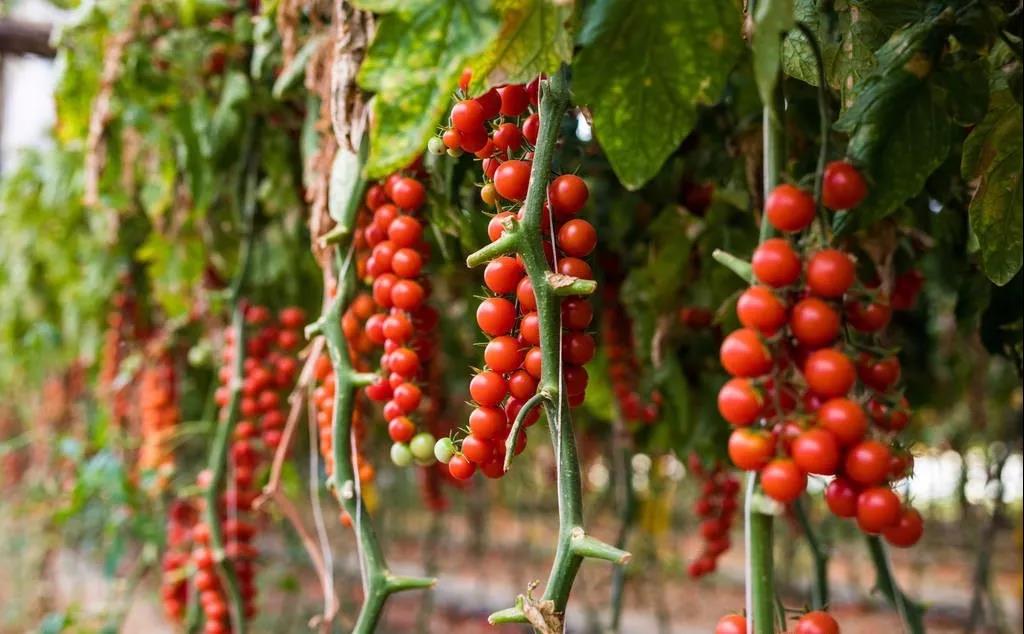
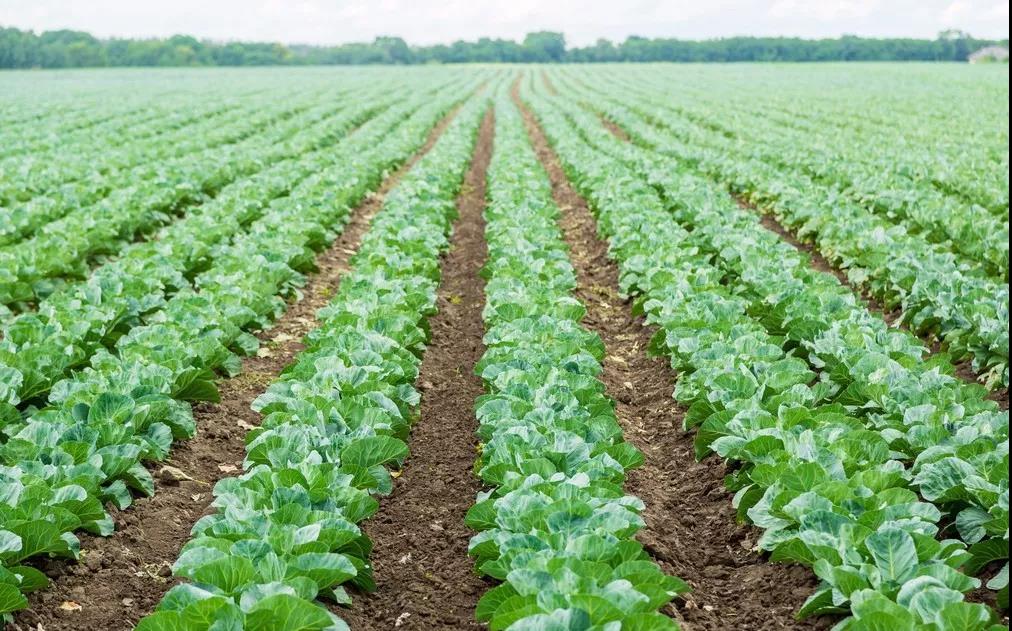 The three principles that must be paid attention to in rotation, intercropping, and continuous cropping: 1. Generally, leafy vegetables that require more nitrogen, and postpartum are best arranged for solanes and vegetables that require more phosphorus. Cucumber, celery, and spinach, which are fast-absorbing, are best for tomatoes, eggplants, and peppers that absorb more organic fertilizers. 2. Note the effects of various vegetables on soil pH. Planting potatoes and cabbage will increase soil acidity, while corn and pumpkin will reduce soil acidity. Therefore, the acidity-sensitive onion vegetables can be obtained as high yields as corn and pumpkin crops. 3. If the growth period is long and the growth period is short, it is necessary to mix the vegetables with more fertilizer and less fertilizer. Soybean vegetables can increase soil organic matter content and increase soil fertility, while long-term leafy vegetables that require more nitrogen will balance nutrients in the soil. Crop intercropping is actually very popular. Interplanting with reasonable planting can increase production and increase income. It is indeed worth trying. However, before planting, it is necessary to find out whether the two are in opposition, otherwise it will be easier to pay off.
The three principles that must be paid attention to in rotation, intercropping, and continuous cropping: 1. Generally, leafy vegetables that require more nitrogen, and postpartum are best arranged for solanes and vegetables that require more phosphorus. Cucumber, celery, and spinach, which are fast-absorbing, are best for tomatoes, eggplants, and peppers that absorb more organic fertilizers. 2. Note the effects of various vegetables on soil pH. Planting potatoes and cabbage will increase soil acidity, while corn and pumpkin will reduce soil acidity. Therefore, the acidity-sensitive onion vegetables can be obtained as high yields as corn and pumpkin crops. 3. If the growth period is long and the growth period is short, it is necessary to mix the vegetables with more fertilizer and less fertilizer. Soybean vegetables can increase soil organic matter content and increase soil fertility, while long-term leafy vegetables that require more nitrogen will balance nutrients in the soil. Crop intercropping is actually very popular. Interplanting with reasonable planting can increase production and increase income. It is indeed worth trying. However, before planting, it is necessary to find out whether the two are in opposition, otherwise it will be easier to pay off.
Contact: Mr. Ma
Phone: +86-0374-5699688
Tel: +86-0374-5699688
Email: [email protected]
Add: Fine Chemical Industry Park, Jianan District, Xuchang, Henan, China